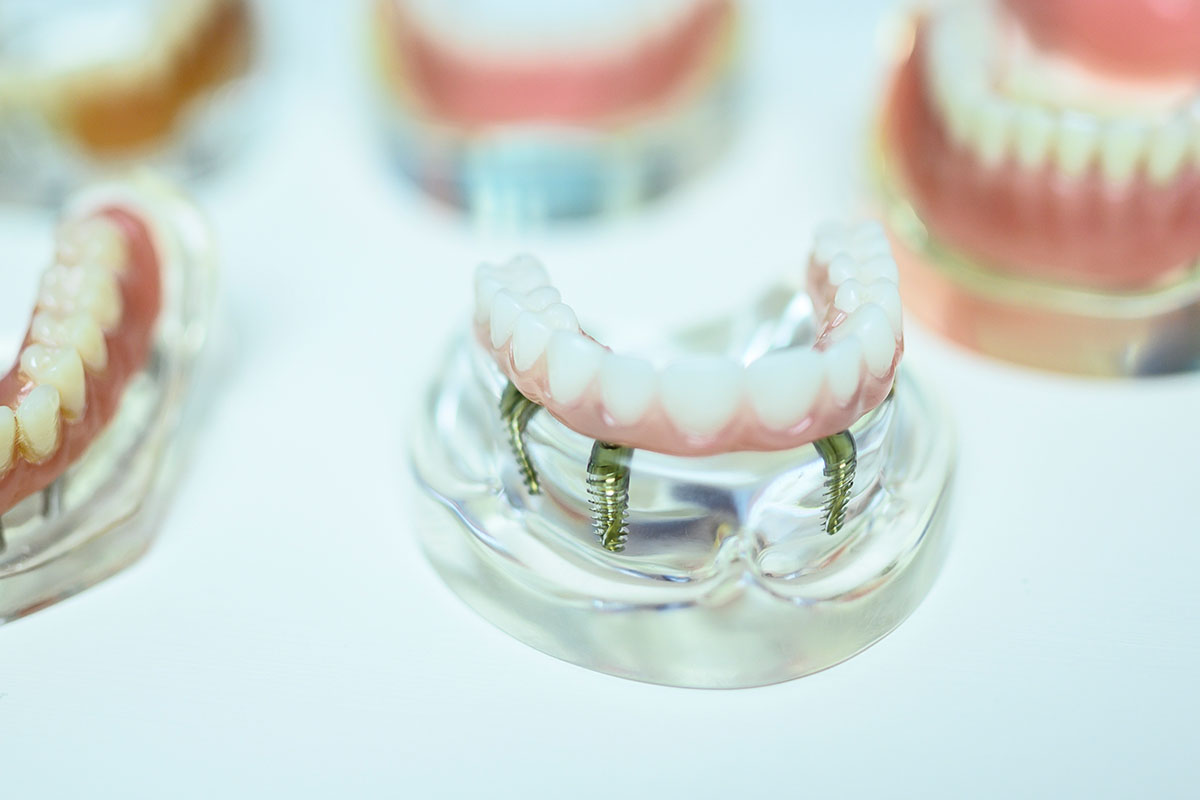Are you planning to receive dental implants in the near future? Traditionally, oral surgeons and implant specialists alike take many steps to prepare ahead of time to make your treatment as predictable as possible. Over the years, the process of replacing teeth with dental implants has become more detailed to the point where guided dental implant surgery is more common. If you are unfamiliar with how this process works, how it compares to freehand surgery, or if it’s worth visiting a dentist that provides it, keep reading.
What Happens During Freehand Surgery?
If you choose to opt for freehand surgery, you can still expect your dental implant treatment to be planned to the fullest extent. Digital X-rays are used to measure bone tissue available for implant placement and dental instruments are used to gauge the height and thickness of the ridge (or the bone directly behind the gums).
Additionally, surrounding teeth can be used as a guide for determining the correct positioning of the implant. Study casts and diagnostic wax-ups can also be used to ensure the implant can support the permanent restoration in the best way possible.
In most cases, freehand surgery is typically recommended for those who have concerns about the cost of their care. Since fewer costs are needed from the surgeon during a freehand approach, those savings can be passed down to the patient. Furthermore, collecting the data needed to complete digital treatment planning and guided surgery requires multiple appointments. If you want to reduce the amount of time spent in the dental chair, freehand surgery is likely a better option based on your needs.
How Does It Compare to Guided Surgery?
In the case of guided surgery, far more data is collected ahead of your treatment. For example, cone beam scans are captured in order to generate a virtual representation of your jaw and oral anatomy. This is done to create a digital treatment plan, allowing surgeons to know the exact position where the implant will be placed. From there, a surgical guide is fabricated, which is used to precisely control the depth, angulation, and mesial-distal (forward side-back side of tooth) and buccal-lingual (cheek side-side closest to tongue) location of the implant osteotomy (or surgical cutting or removal of bone).
In summary, guided surgery allows for:
- A superior level of accuracy, especially in situations where there are concerns related to bone volume and proximity of vital patient anatomy (i.e. inferior alveolar nerve, sinuses, and neighboring teeth)
- Easier planning for more complex tooth replacement cases, including full-arch tooth replacements
- A more prosthetically-driven approach to tooth replacement (in which the surgeon can focus on the most ideal restoration and work down to the implant position)
While guided dental implant surgery may cost more, it’s worth considering the benefits should you need teeth replaced. Schedule a visit with an oral surgeon today to learn more about the dental implant process!



